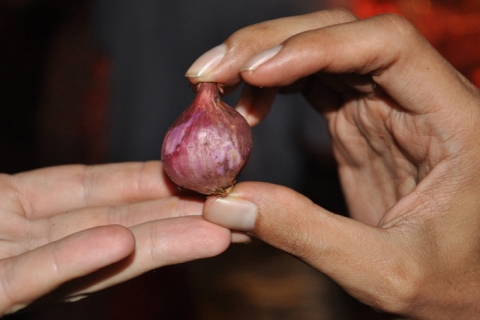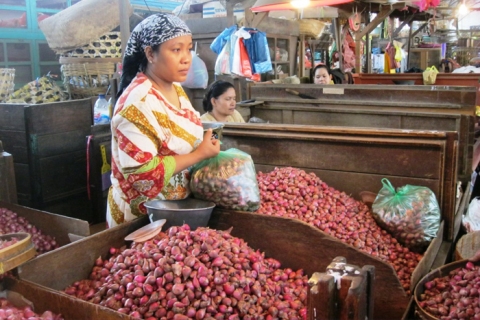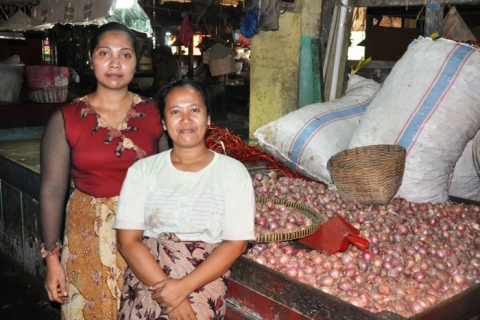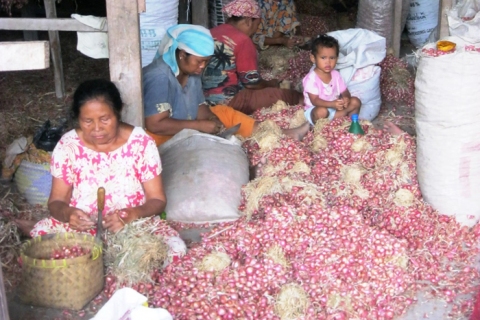Full report
The report provides an analysis of the shallot sector in Indonesia, including an assessment of its socio-economic importance, production and productivity trends, production systems, consumer preferences and demand trends, exports and imports, and price trends and seasonality. The report details the shallot value chains in Sampang and Bima. Within each chain, production, product flows, chain actors and linkages, quality management systems and problems and constraints are all discussed. Each chain discussion concludes with opportunities for pro-poor interventions. The report concludes with an assessment of key research findings, recommendations and gaps.
Executive summary
The executive summary commences with an outline of the socio-economic importance of the crop to Indonesia, production trends, productivity, seasonality, varieties, cultivation, trade, demand and prices. The shallot value chains in Sampang and Bima are then summarised. Chain problems and constraints are explored briefly, with the summary concluding with opportunities for pro-poor chain upgrading for both value chains studied.
Stakeholder consultation workshop
The study findings – recommended interventions supported by analysis - were presented, reviewed and validated at a stakeholder workshop and Reference Group consultation. Feedback was incorporated into the final report.




